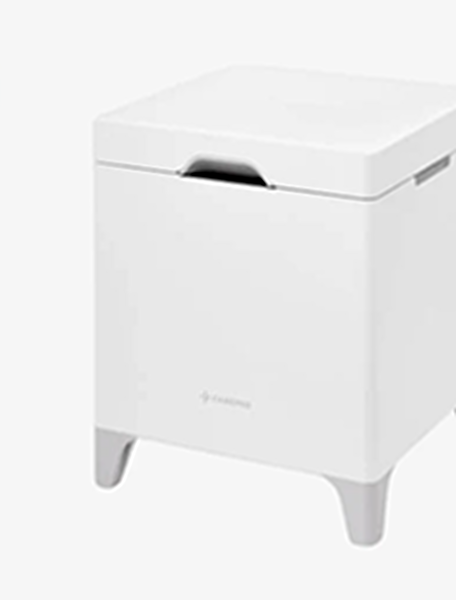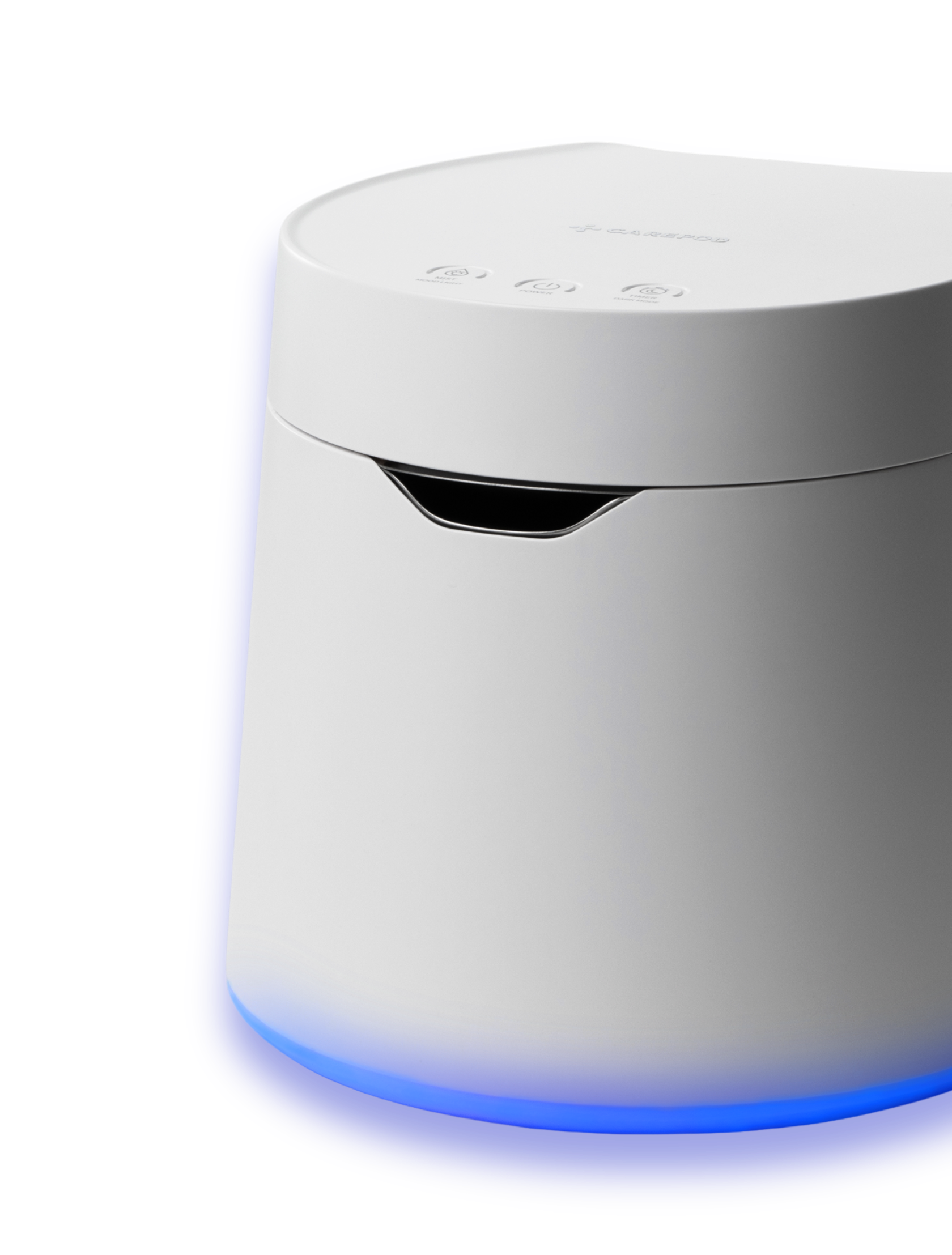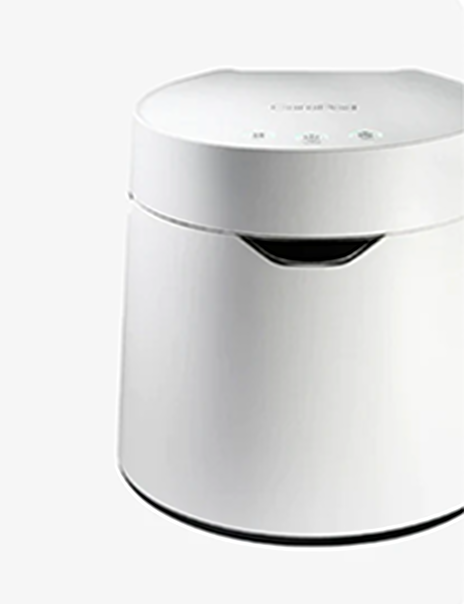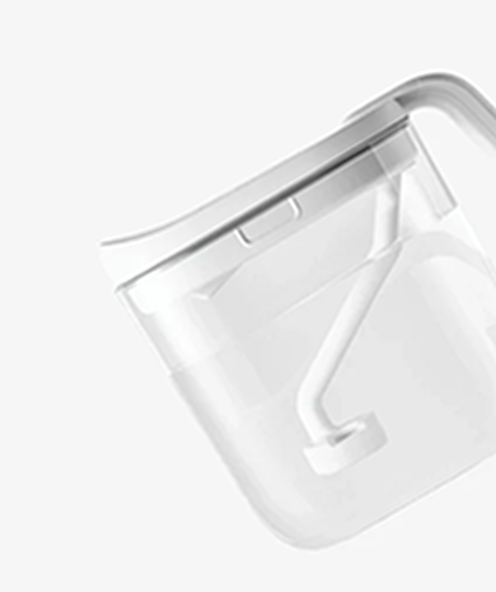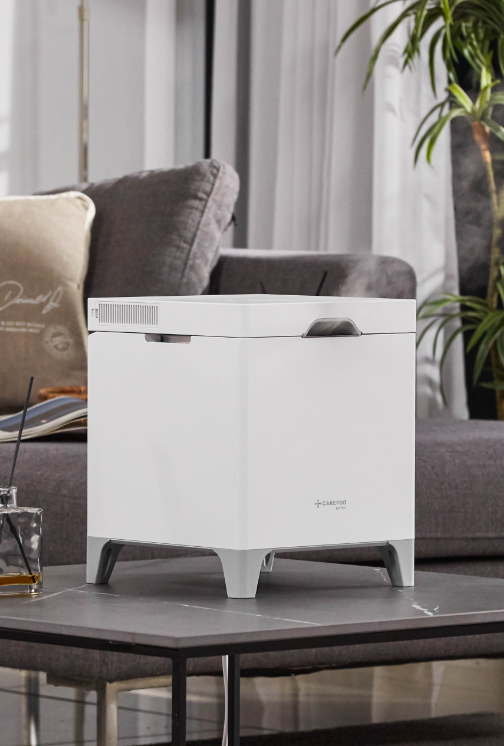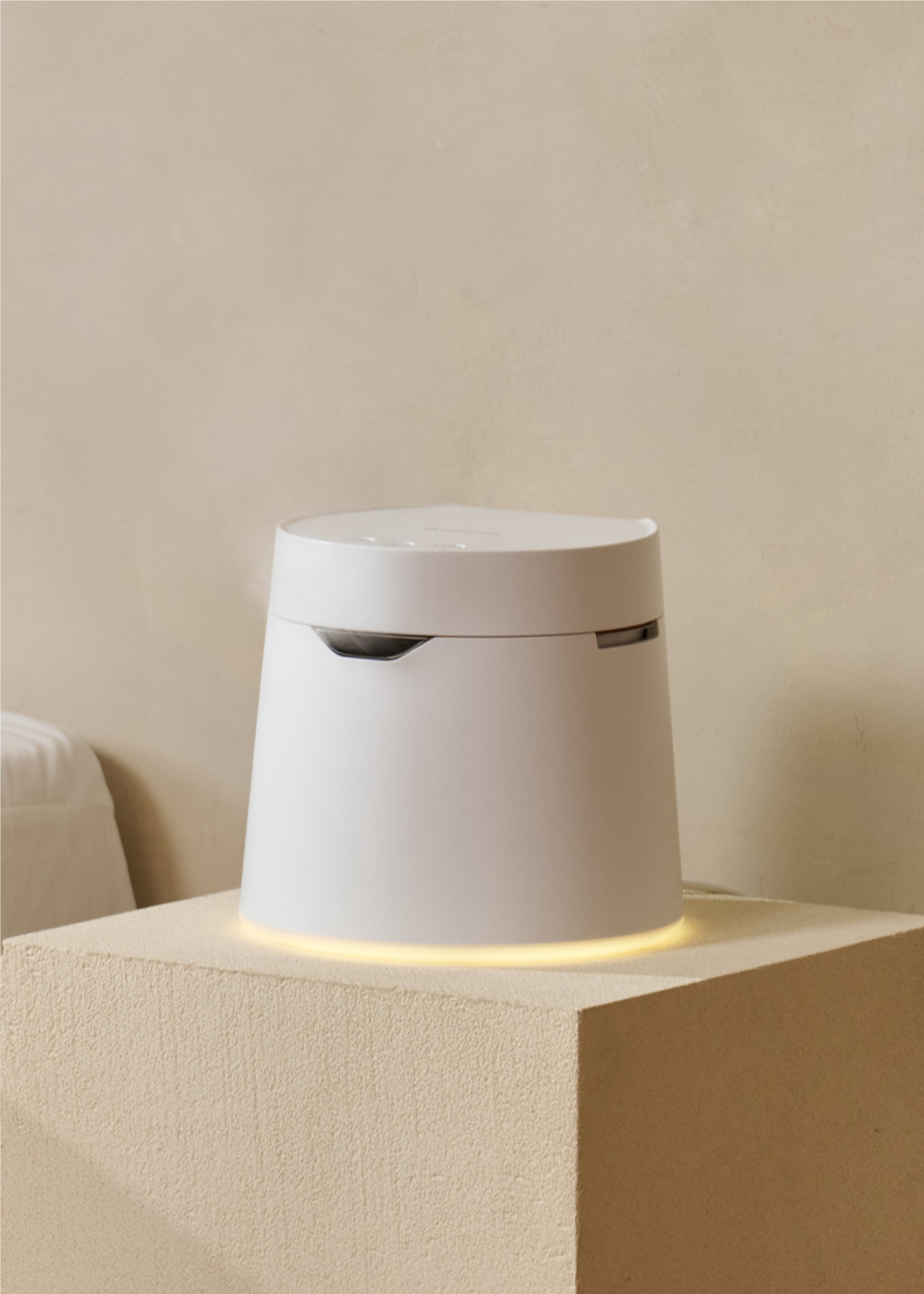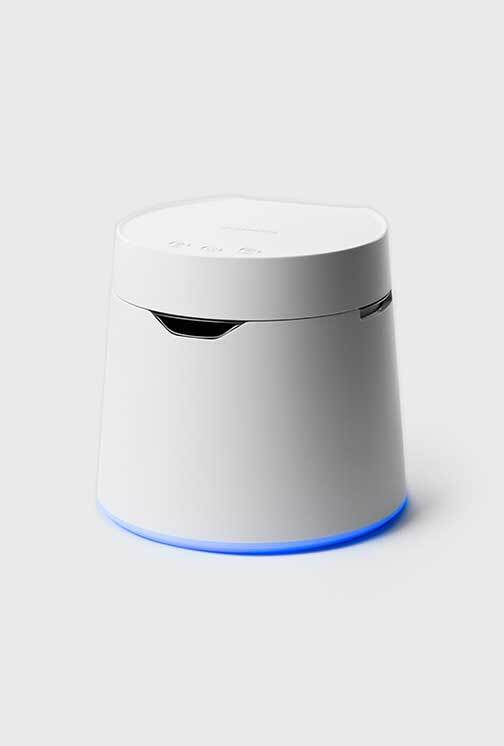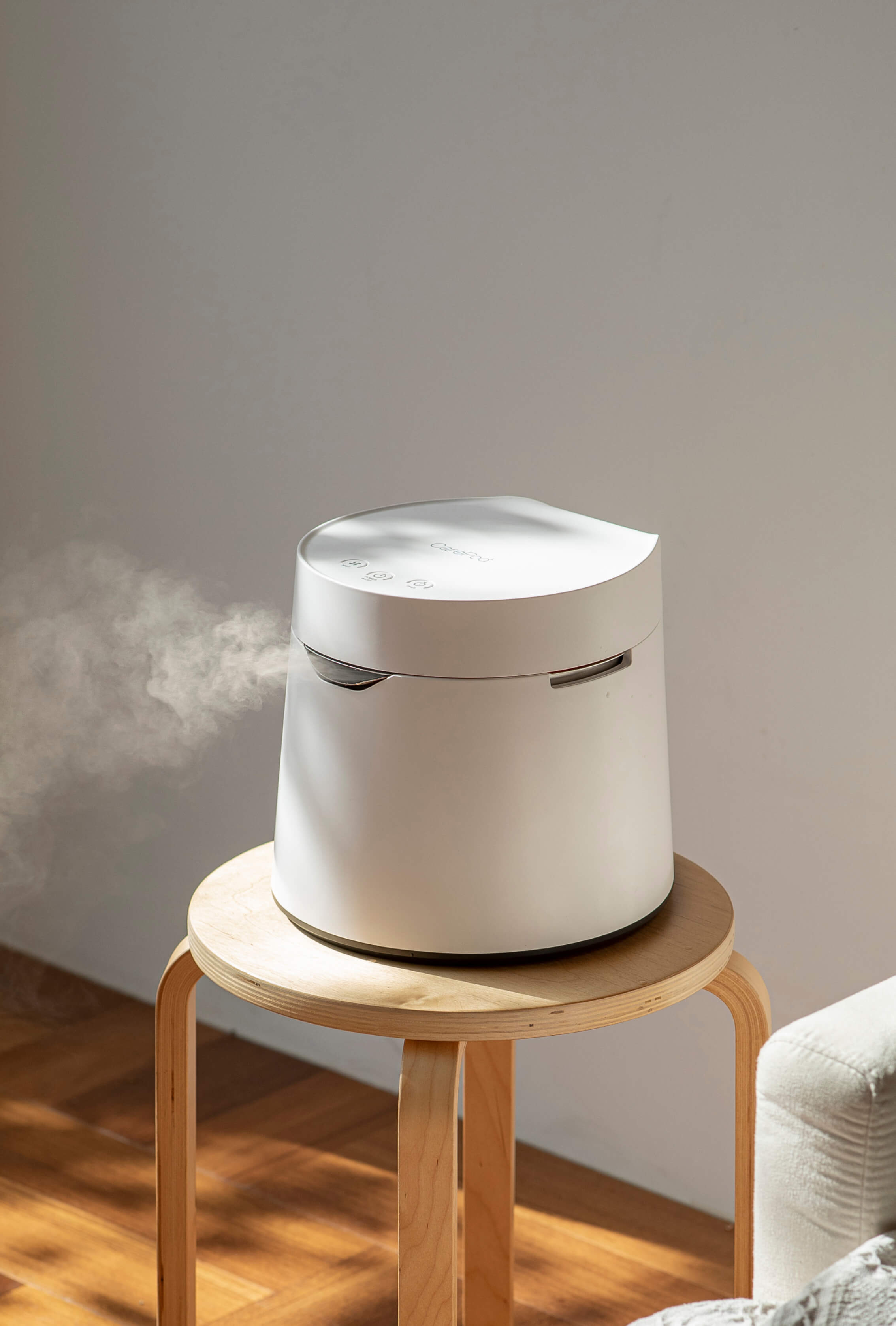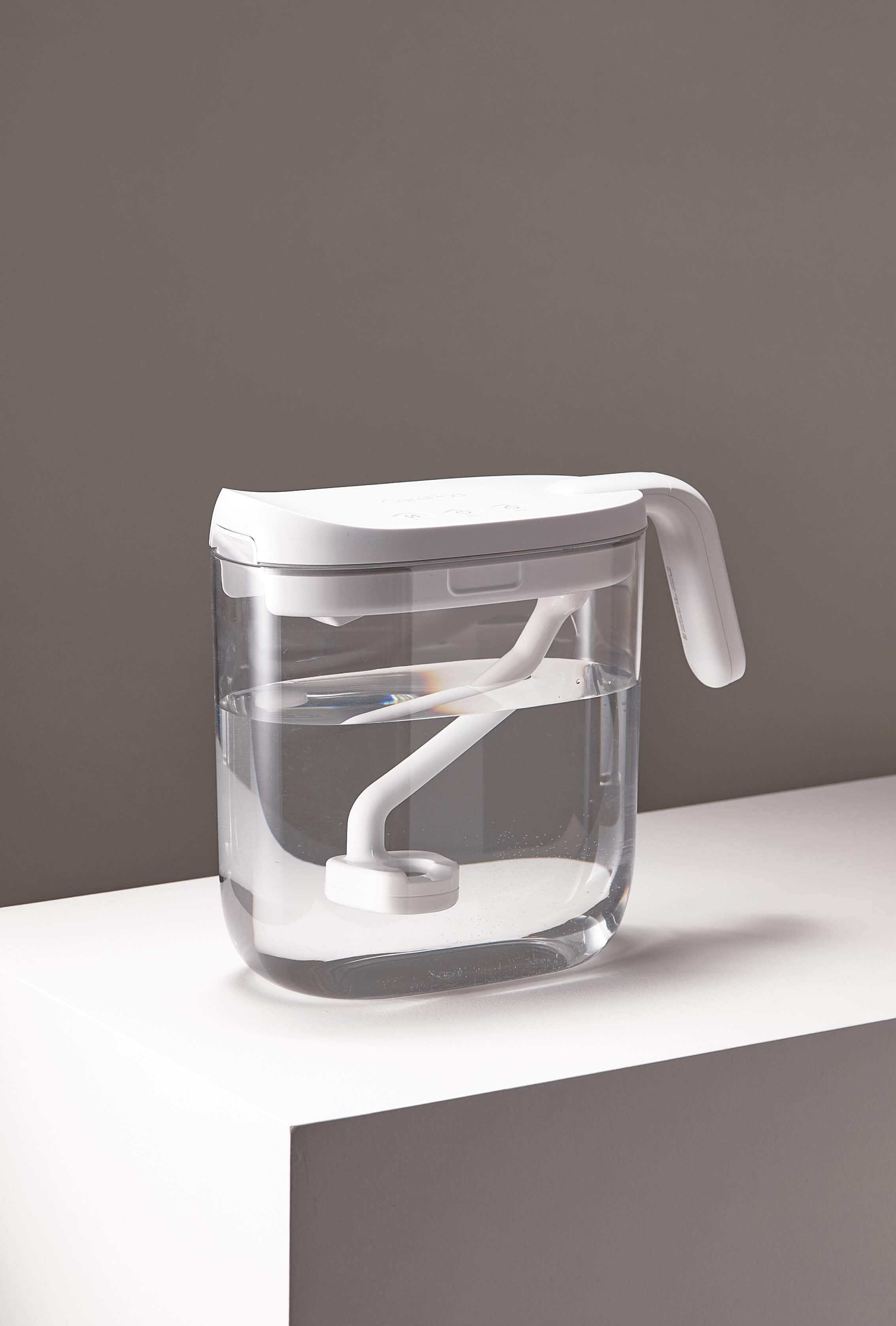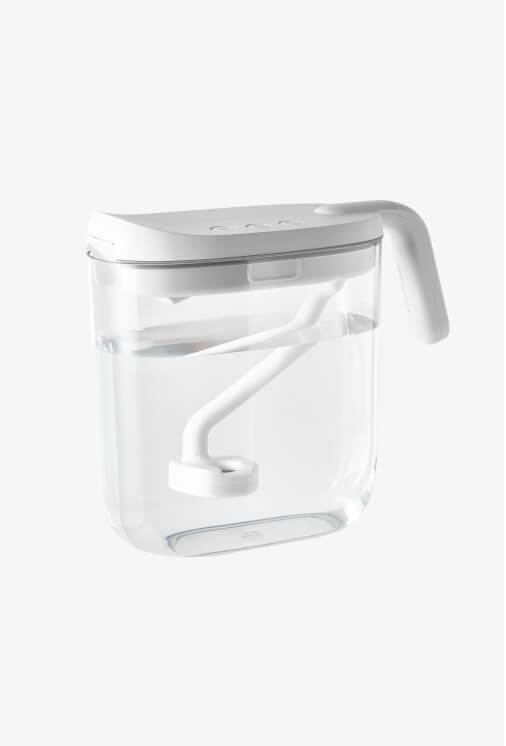Allergy and Cold Symptoms? A Humidifier Could be the Cure, Studies Show

Spring is finally here... The sun is out, the flowers are in bloom, and at last, it's time to go outside and enjoy the weather!
Unfortunately, however, springtime can be quite a bit less enjoyable for those who suffer from seasonal allergies (also known as hay fever or allergic rhinitis).
More than 30 million people in the U.S. experience persistent symptoms throughout allergy season, such as sneezing, nasal congestion, sore throat, and eye irritation.
While most turn to over-the-counter medications for relief, there are also various home remedies, such as herbal medicines, essential oils, and air filters. However, new research shows that when it comes to treating allergy symptoms, a humidifier may be just as effective, or even more, than any of these.
In this article, we'll discuss the relation between humidity level and allergy symptoms, and explain why a humidifier might just be the cure for your springtime stuffiness. We'll also go over pros and cons of different types of humidifiers and how to choose the perfect one for your household.
Humidifiers for Allergies?
Did you know that a low-humidity environment tends to exacerbate common allergy symptoms?
Dry air causes discomfort by drying out many parts of the body, including your eyes, lips, skin, and throat. Additional issues may include stuffy nose, sneezing, and other forms of facial irritation.
And when the level of humidity is too low, the mucous membranes on places such as your eyes and inside your nose become dried out and rendered ineffective as a defense mechanism, allowing airborne irritants and even viruses to more easily enter the body.

In the words of Dr. Stephanie Taylor (Harvard Medical School), "dry air harms our natural immune barriers which protect us from infections."
So if you already suffer from seasonal allergies or the common cold, dry air will do nothing but make symptoms worse.
Now how do humidifiers help with allergy relief?
Humidifiers work by releasing steam or vapor into the air in order the increase the the humidity in a room.
A higher humidity helps moisten nasal tissue and allows you to more easily blow out various irritants from your nose. According to the New Hampshire Public Health Services, keeping a humidity level above 30% can soothe irritated nasal passages prevent your nose and throat from drying out.
If an ideal humidity level is maintained, the surrounding air will not tend to extract moisture from mucous membranes and dry them out. In other words, your body's first line of defense will remain in tact, preventing airborne allergens from easily entering the respiratory system.

Finally, studies show that humidifiers can even help decrease the number of irritants in the air. With enough moisture in your surroundings, some particles in the air become trapped in condensed water vapor. The resulting water droplet settles out of the air if heavy enough, removing the particle from the air. Read More
Other Benefits of Humidifiers
Of course, humidifiers weren't originally designed as a medical device. Aside from allergy relief, consider some other benefits of having a humidifier in your home.
For one, humid air typically feels warmer than dry air, so you might just be able to save some money on utility bills in the winter months.
Maintaining a sufficient moisture level in the air will also prevent wood furniture and plants around the house from drying out and even reduce static electricity buildup.
Humidifiers are also key to beauty and wellness, preventing common issues such as dry skin, chapped lips, and irritated scalp. They can even help with sleep by alleviating dry and constricted nasal passageways that cause snoring.
Costs and Risks
Before making the decision to buy a humidifier, be sure to keep in mind that they are not necessarily a one-size-fits-all solution. Even with so many proven health benefits, these appliances are not without costs and risks.
Of course, commercial humidifiers can be expensive. Portable humidifiers typically cost hundreds of dollars, and if you're looking at a whole-home humidifier, just the installation cost may be enough to scare some people away.

Humidifiers are also notoriously hard to maintain. If not cleaned frequently and properly, the insides can essentially turn into incubators for germs, which are then dispersed into the air for everyone in the room to breathe. Additionally, dissolved minerals from the water may form deposits over time, making the inside dirty and less effective, reducing the device's overall lifespan.
And while dry air carries various health hazards, so does having an excessively high air humidity, as too much moisture promotes the growth of harmful bacteria and mold in your surroundings. This can be dangerous to those who have mold allergies or are already immunocompromised, such as older people. Mold growth can also cause damage to walls and furniture over a long period of time.
However, these issues are not at all unavoidable.
Growth of bacteria and mineral deposits can be minimized through frequent, proper sanitization and using distilled water instead of tap water, or even eliminated altogether with a germ-free humidifier like CarePod. Maintaining an indoor humidity level between 30% and 50% will help avoid the risks associated with insufficient or excessive moisture in the air, according to the EPA.
And despite the upfront cost, a humidifier may turn out to be an immensely worthwhile investment in the long run. After all, health is priceless.
Buying a Humidifier
So you're ready to take the next step and purchase a humidifier for your home? Here are some things to know.
There are several basic types of humidifiers, summarized below. Deciding which one to buy can be a tough choice, so we'll help break it down for you.
Ultrasonic Humidifier:
An ultrasonic humidifier uses ultrasonic vibrations to propel water droplets from a reservoir into the air.
- Pros: Small and compact, no burn risk, energy-efficient, easy cleaning and maintenance, low operating noise
- Cons: Contamination risk, mineral dust accumulation, expensive

Evaporative Humidifier:
An evaporative humidifier uses a fan to speed up the natural process of evaporation and circulate moisture.
- Pros: Affordable price, no burn risk, easy cleaning and maintenance
- Cons: Contamination risk, mineral dust accumulation, filters must be replaced, operating noise from fan

Steam Vaporizer:
A steam vaporizer uses electricity to boil water and create steam.
- Pros: Affordable price, low risk of bacterial contamination, low operation noise
- Cons: Heavy energy consumption, burn risk, difficult to clean

Additionally, humidifiers can come in the cool-mist or warm-mist variety. What's the best option for your home?
As you might expect, cool-mist humidifiers are more suitable for warmer climates. They can be especially helpful for treating allergies as well as cold and flu symptoms, since inhalants can be added into most cool-mist devices. They're also easy to clean and carry virtually no burn risk.

Warm-mist humidifiers are best used in cooler climates and are better at reducing bacteria growth. However, they're usually more difficult to clean, more expensive, and may not be entirely safe for children and pets, as boiling water is always a burn risk.
Final Thoughts
Regardless of which bests suits your specific needs, preferences, and budget, rest assured that all types of humidifiers may be effective in treating allergy and cold symptoms and carry a variety of other benefits for your home.
Ultimately, a humidifier might just be the perfect investment for both your health and your house.
